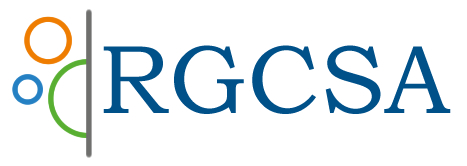In 1985, Nature, one of the world’s most prestigious scientific journals, published “A Double Blind Test of Astrology”, now known as the ‘Carlson experiment’. The conclusion was that natal astrology as practised by reputable astrologers was no better than chance. For astrology, it was a landmark experiment that continues to undermine the credibility of every astrological consultant, researcher and school. Recent research shows not only that Carlson’s conclusions were wrong (Vidmar 2008), but also that his experiment produced evidence that the tested astrologers performed their tasks successfully to a level that could not be explained by chance (Ertel 2009).
This article attempts to synthesise the evidence from different sources with some additional observations. It seeks to clarify how Carlson imported the results of one test into another separate test. This led to sampling errors that disguised results that favoured the astrologers – results that were later discovered by Professor Ertel. To balance this, an attempt is made, here, to present the sceptical reaction to this new evidence. Graphics have been compiled to display the astrologer’s predicted rating of their matches weighted by the frequency and to show how enabling astrologers to make these confidence judgements with the data amplifies the precision.
